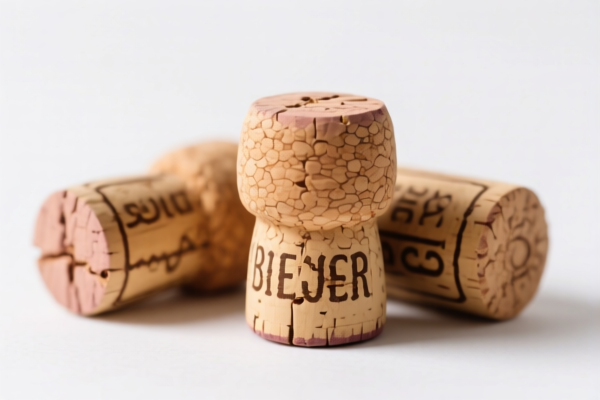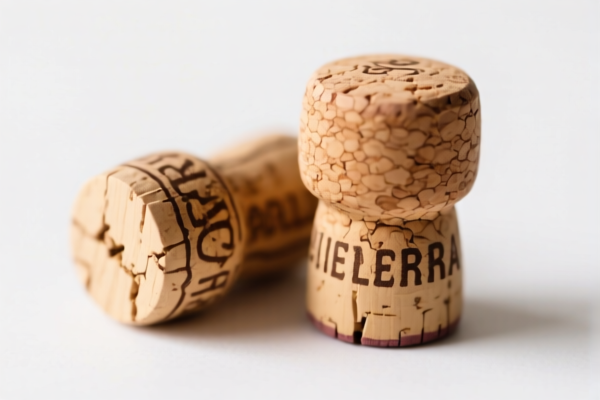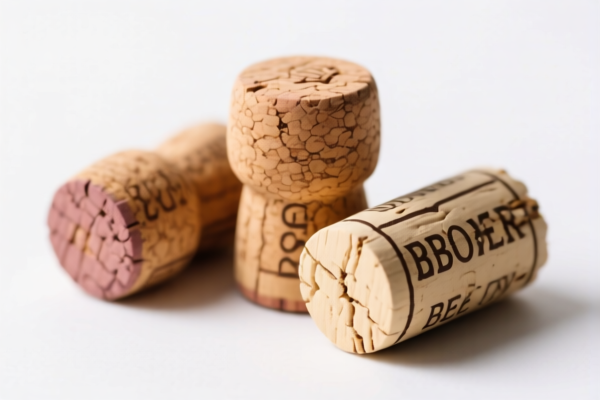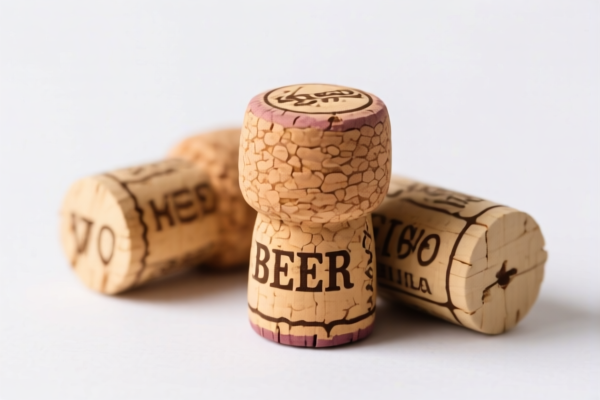| HS Code | Official Doc | Tariff Rate | Origin | Destination | Effective Date |
|---|---|---|---|---|---|
| 4421918800 | Doc | 30.0% | CN | US | 2025-05-12 |
| 4421998800 | Doc | 37.5% | CN | US | 2025-05-12 |
| 8306100000 | Doc | 35.8% | CN | US | 2025-05-12 |
| 8306100000 | Doc | 35.8% | CN | US | 2025-05-12 |
| 8301406060 | Doc | 43.2% | CN | US | 2025-05-12 |
| 8301406030 | Doc | 43.2% | CN | US | 2025-05-12 |
| 9505906000 | Doc | 30.0% | CN | US | 2025-05-12 |
| 9505902000 | Doc | 30.0% | CN | US | 2025-05-12 |
| 3808990800 | Doc | 61.5% | CN | US | 2025-05-12 |
| 3808990800 | Doc | 61.5% | CN | US | 2025-05-12 |




Bark Stopper
A bark stopper is a device designed to deter unwanted barking in dogs. These devices aim to reduce disruptive or excessive barking through various methods, typically without causing harm or lasting discomfort to the animal.
Material:
Bark stoppers are constructed from a variety of materials, depending on the type and functionality. Common materials include:
- Plastic: Used for the housing of many electronic devices, offering durability and lightweight construction.
- Metal: Often found in ultrasonic or vibration-based devices for component housing and signal transmission.
- Nylon/Polyester: Utilized in collar straps and components requiring flexibility and wear resistance.
- Electronic Components: Include circuit boards, batteries, microchips, speakers, and sensors.
Purpose:
The primary purpose of a bark stopper is to address problematic barking behaviors. This can include:
- Nuisance Barking: Reducing barking that disturbs neighbors or household members.
- Behavioral Modification: Helping to train dogs to reduce barking in specific situations.
- Anxiety-Related Barking: Some devices are marketed to help calm dogs who bark due to anxiety or fear, though effectiveness varies.
- Territorial/Protective Barking: Discouraging barking triggered by perceived threats.
Function:
Bark stoppers function through one or more of the following mechanisms:
- Ultrasonic Sound: Emits a high-frequency sound, audible to dogs but generally inaudible to humans, designed to startle or distract the dog.
- Vibration: Delivers a gentle vibration to the dog's neck, intended to interrupt the barking behavior.
- Citronella Spray: Releases a burst of citronella scent when barking is detected, which many dogs find unpleasant.
- Static Correction: Emits a mild static shock (this type is becoming less common due to ethical concerns and availability of alternative methods).
- Progressive Correction: Devices that start with lower levels of correction and increase as barking persists.
Usage Scenarios:
- Home Environment: Used indoors to control barking at visitors, noises, or other stimuli.
- Outdoor Use: Employed in yards or during walks to manage barking at passersby, animals, or environmental factors.
- Training Aid: Integrated into training programs to reinforce quiet behavior.
- Multi-Dog Households: Some devices can differentiate between dogs and target only the barking animal.
Common Types:
- Ultrasonic Bark Collars: Worn by the dog and automatically emit ultrasonic sound when barking is detected.
- Handheld Ultrasonic Devices: Manually activated by the owner to interrupt barking.
- Citronella Spray Collars: Release a spray of citronella when barking is detected.
- Vibration Collars: Deliver a gentle vibration to the dog's neck upon barking.
- Static Shock Collars: (Less Common) Deliver a mild static shock upon barking. These are controversial and require careful use.
- Indoor Bark Control Devices: Plug-in devices that detect barking and emit ultrasonic sound.
Based on the provided information, classifying "bark stopper" requires careful consideration of its material, function, and intended use. Here's a breakdown of potentially relevant HS codes:
- 4421918800: This code covers “Other articles of wood: Other: Of bamboo: Canoe paddles”. While this specifically mentions canoe paddles, the broader category is “Other articles of wood”. If the bark stopper is made of wood (and not bamboo), this could be a potential match, depending on its construction. The total tax rate is 30.0% (0.0% basic tariff, 0.0% additional tariff, 30.0% additional tariff after April 2, 2025).
- 4421998800: This code covers “Other articles of wood: Other: Other: Canoe paddles”. Similar to the previous code, this is for “Other articles of wood”, but for items not specifically classified elsewhere within that category. If the bark stopper is made of wood and doesn’t fit the “bamboo” classification, this is a likely option. The total tax rate is 37.5% (0.0% basic tariff, 7.5% additional tariff, 30.0% additional tariff after April 2, 2025).
- 9505906000: This code covers “Festive, carnival or other entertainment articles, including magic tricks and practical joke articles; parts and accessories thereof: Other: Other”. If the bark stopper is marketed as a practical joke or entertainment item, this code could apply. The total tax rate is 30.0% (0.0% basic tariff, 0.0% additional tariff, 30.0% additional tariff after April 2, 2025).
- 9505902000: This code covers “Festive, carnival or other entertainment articles, including magic tricks and practical joke articles; parts and accessories thereof: Other: Magic tricks and practical joke articles; parts and accessories thereof”. This is a more specific classification within the “festive, carnival, or entertainment” category. If the bark stopper is explicitly a magic trick or practical joke item, this is a suitable option. The total tax rate is 30.0% (0.0% basic tariff, 0.0% additional tariff, 30.0% additional tariff after April 2, 2025).
According to the provided reference material, the HS code options related to 'bark stopper' are limited, with only the following 4 found.
It is important to determine the material composition and intended use of the bark stopper to select the most accurate HS code. If the item is made of wood, either 4421918800 or 4421998800 may be appropriate. If it is marketed as an entertainment item, 9505906000 or 9505902000 could be considered.
Customer Reviews
No reviews yet.